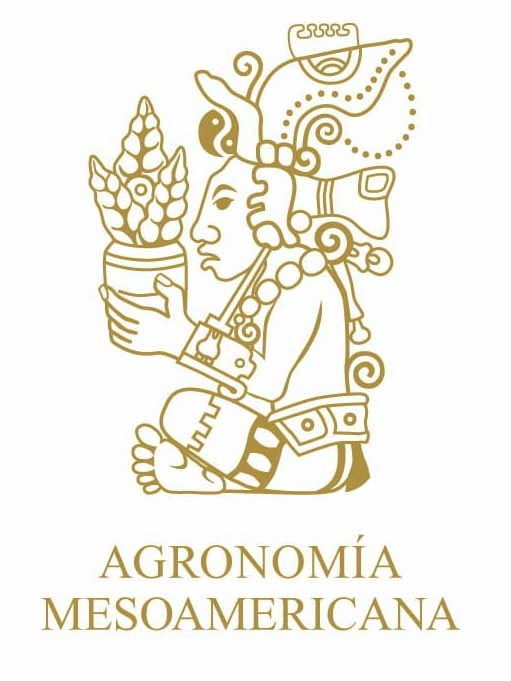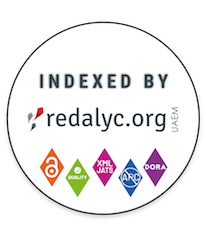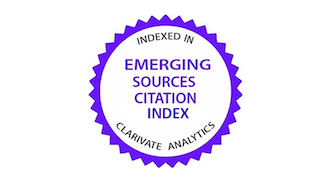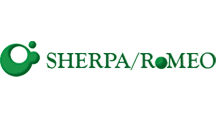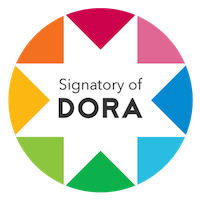Environmental impact of the broiler production chain under conventional systems
DOI:
https://doi.org/10.15517/am.2025.61097Keywords:
life cycle analysis, ecological footprint, global warming, simulation modelsAbstract
Introduction. Broiler production is an activity of growing economic importance worldwide, but it entails a significant environmental impact. Objective. To assess the environmental impact of the broiler production chain under conventional systems. Material and methods. Assessment was performed through a “cradle to gate” Life Cycle Analysis (LCA). Base parameters were obtained from a poultry farm located in San Ramón, Alajuela, Costa Rica, between January and December 2021. The functional unit of the LCA was a metric ton of chicken meat (MT CM) and the impact categories included were established based on the ReCiPe 2016 v.1.1 system, with characterization factors evaluated at the midpoint level under a hierarchical perspective. Results. The estimated environmental impacts, in equivalent units per MT CM, were the following: global warming: 5208 kg CO2-eq, terrestrial acidification: 52.6 kg SO2-eq, marine eutrophication: 4.19 kg Neq, freshwater eutrophication: 2.47 kg P, land use: 5238 m2 crop year, water consumption: 3962 m3, terrestrial ecotoxicity: 1831 kg 1,4-DCB, marine ecotoxicity: 2.79 kg 1,4-DCB, freshwater ecotoxicity: 8.49 kg 1,4-DCB, human toxicity (carcinogenic): 1.13 kg 1,4-DCB, human toxicity (non-carcinogenic): 84.4 kg 1,4-DCB, fine particulate matter formation: 8.15 kg PM2.5, fossil resource depletion: 246.1 kg oil, ozone formation (ecosystem health): 10.8 kg NOx, ozone formation (human health): 10.7 kg NOx, and stratospheric ozone depletion: 0.043 kg CFC11. Conclusions. The processes with the greatest contribution to the environmental impacts evaluated in this study were the production of feed, fertilizers and fuels, as well as the management of farm waste. Most of the environmental impact attributable to the broiler production chain occurs outside of Costa Rica.
Downloads
Downloads
Published
How to Cite
Issue
Section
License
Copyright (c) 2025 Felipe Portillo-Chávez, Bernardo Vargas-Leitón

This work is licensed under a Creative Commons Attribution-NonCommercial-NoDerivatives 4.0 International License.
1. Proposed policy for open access journals
Authors who publish in this journal accept the following conditions:
a. Authors retain the copyright and assign to the journal the right to the first publication, with the work registered under the attribution, non-commercial and no-derivative license from Creative Commons, which allows third parties to use what has been published as long as they mention the authorship of the work and upon first publication in this journal, the work may not be used for commercial purposes and the publications may not be used to remix, transform or create another work.
b. Authors may enter into additional independent contractual arrangements for the non-exclusive distribution of the version of the article published in this journal (e.g., including it in an institutional repository or publishing it in a book) provided that they clearly indicate that the work was first published in this journal.
c. Authors are permitted and encouraged to publish their work on the Internet (e.g. on institutional or personal pages) before and during the review and publication process, as it may lead to productive exchanges and faster and wider dissemination of published work (see The Effect of Open Access).
